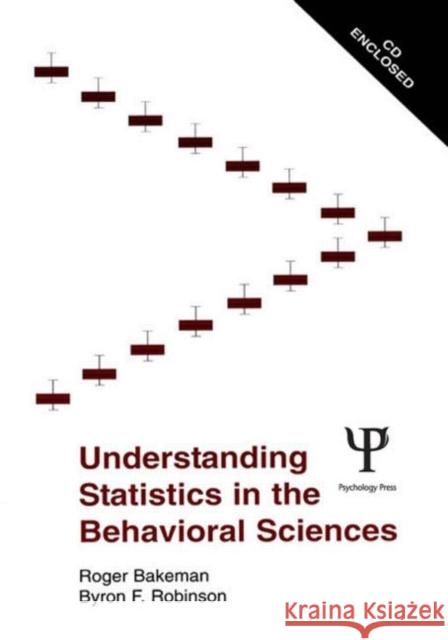Understanding Statistics in the Behavioral Sciences » książka
Understanding Statistics in the Behavioral Sciences
ISBN-13: 9780805849448 / Angielski / Twarda / 2005 / 336 str.
Understanding Statistics in the Behavioral Sciences is designed to help readers understand research reports, analyze data, and familiarize themselves with the conceptual underpinnings of statistical analyses used in behavioral science literature. The authors review statistics in a straightforward way that is intended to reduce anxiety for students who feel intimidated by statistics. Conceptual underpinnings and practical applications are stressed, whereas algebraic derivations and complex formulas are reduced. throughout, which allows readers to focus more on the new statistical concepts than on the details of different studies. The authors' selection and organization of topics is slightly different from the ordinary introductory textbook. It is motivated by the needs of a behavioral science student, or someone in clinical practice, rather than by the formal, mathematical properties of statistical theory. testing is used in conjunction with various statistical designs and tests to answer research questions. This contrasts with the order found in most statistics texts, which begin with descriptive statistics, probability, and other topics before explaining hypothesis testing. In addition, this book treats analysis of variance as another application of multiple regression. With this integrated, unified approach, students simultaneously learn about multiple regression and how to analyze data associated with basic analysis of variance and covariance designs. considerable more power, generality, and practical importance. This integrated approach helps to simplify topics that often cause confusion, such as degrees of freedom, repeated measures designs, and the analysis of covariance. Understanding Statistics in the Behavioral Sciences features helpful tools to aid learning: *Computer-based exercises, many of which rely on spreadsheets, help the reader perform statistical analyses and compare and verify the results using either SPSS or SAS. These exercises also provide an opportunity to explore definitional formulas by altering raw data or terms within a formula and immediately see the consequences thus providing a deeper understanding of the basic concepts. end-of-text glossary to make them easier to find at review time. *Numerous tables and graphs, including spreadsheet printouts and figures, help students visualize the most critical concepts. This book is intended as a basic or supplemental text in an introductory course in behavioral science statistics. It is expected to appeal to instructors who want a relatively brief text that students can master in one semester. The book's active approach to learning statistics, works well both in the classroom and for individual self-study. Understanding Statistics in the Behavioral Sciences reflects the comments of the students at Georgia State University who used and tested it over several semesters.











